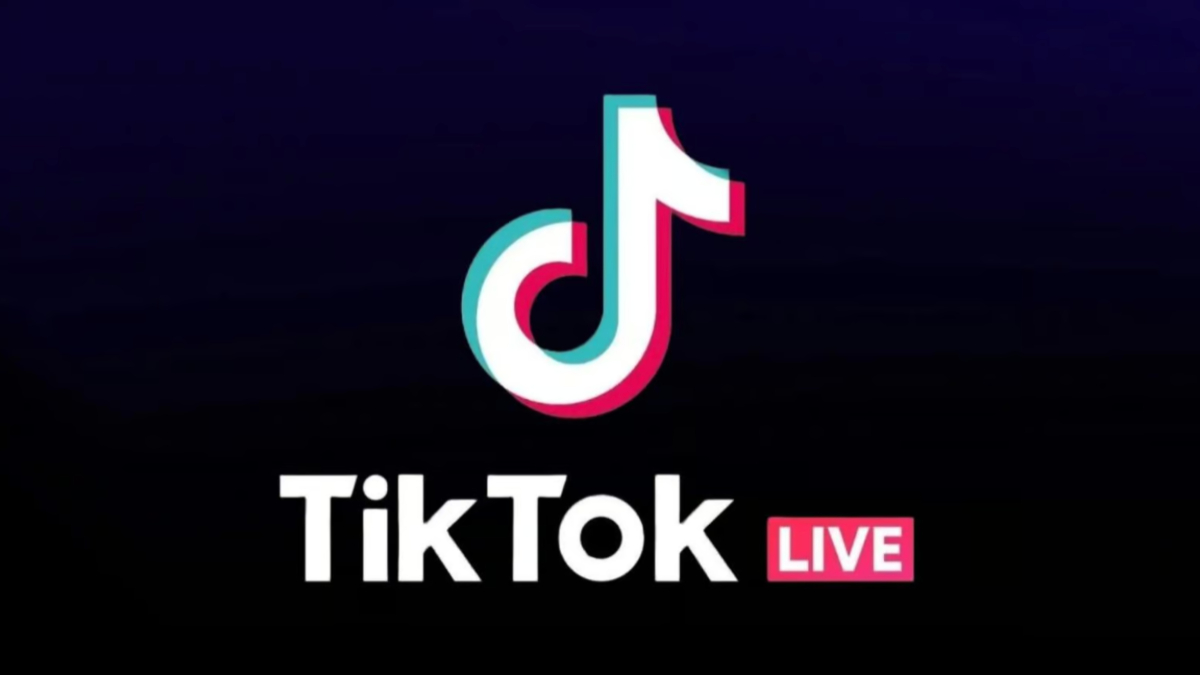
Advertisement
What Is TikTok’s Monthly Curriculum Trend?
The Monthly Curriculum trend has TikTok buzzing with creators—particularly parents, teens, and stay-at-home moms—crafting self-improvement guides for their month ahead. These monthly “blueprints” often include reading lists, journaling plans, hobby exploration, mindfulness, and skill development. One creator summed it up: “It holds us accountable to not let the month go by without stimulating our brains.”
Why It Feels Wholesome and Healing
Many users call this trend therapeutic. By reclaiming personal time to learn and grow—without fear of judgment—they rediscover curiosity and joy. From tackling financial literacy books to exploring neglected passions, these micro-learning templates foster a sense of progress at a self-paced rhythm.
When It Tips Into Looksmaxxing Culture
Not all iterations are uplifting. As the trend morphed, some “curriculums” veered into looksmaxxing territory—packed with beauty routines, fitness regimens, and self-optimization tasks aimed at aesthetic perfection. Examples include daily yoga, red-light therapy, pricey skincare appointments, and regimented workouts—often sidelining intellectual or creative pursuits. Critics warn this shift ties self-worth to external validation and risks burnout.
Finding Balance: Growth That Honors Your Needs
Experts and creators suggest embracing the trend’s original spirit—mindful, flexible, and forgiving—without succumbing to pressure. Progress doesn’t require packaging every minute; quiet, meaningful growth often happens off-camera. Instead of a perfect monthly plan, aim for curiosity, self-compassion, and small joys.
Why It Resonates in 2025
In an age of digital overwhelm, the monthly curriculum is appealing because it’s structured yet free-form, personal yet shared. It channels microlearning—a format that fits today’s shorter attention spans—and meets the TikTok appetite for relatable, digestible content.
